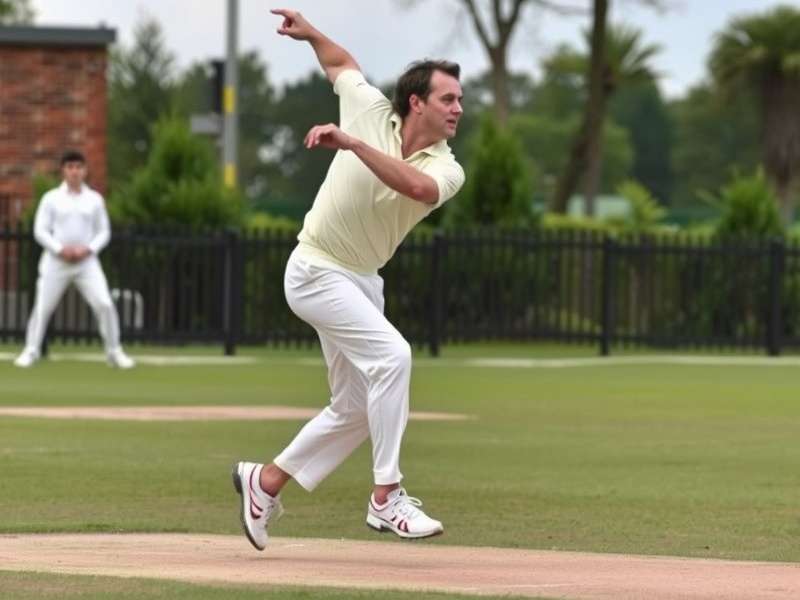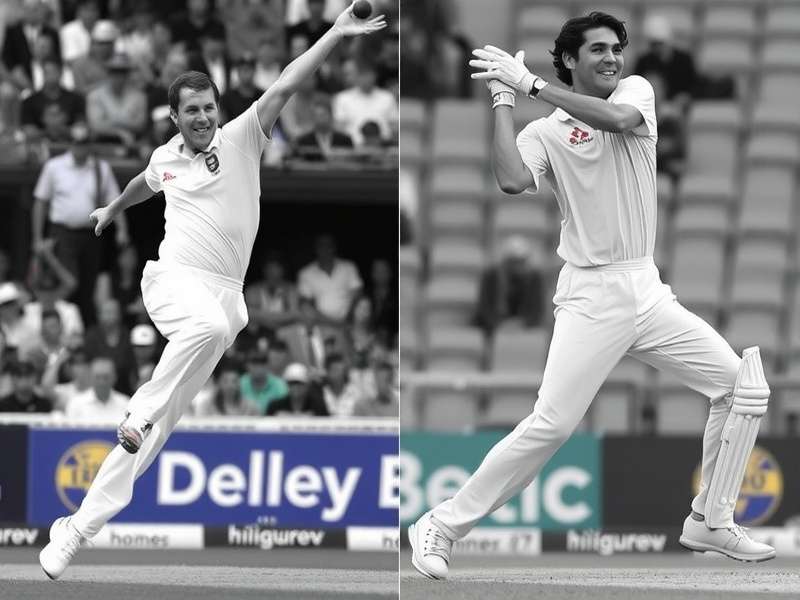Master the Art of Leg Spinner Bowling
Complete guide to becoming a professional Leg Spinner with expert techniques, training drills, and strategic insights.

Complete guide to becoming a professional Leg Spinner with expert techniques, training drills, and strategic insights.

5M+
Downloads in India
4.7★
Player Rating
200K+
Active Players
95%
Positive Reviews
A Leg Spinner is a type of bowler in cricket who specializes in spinning the ball from the leg side to the off side when bowling to a right-handed batsman. This delivery is known as a leg break and is one of the most challenging skills to master in cricket.
The art of Leg Spinner bowling requires exceptional wrist position, finger control, and strategic thinking. Unlike off-spinners who use their fingers to impart spin, leg spinners rely primarily on wrist action to generate revolutions on the ball.
Leg spinners typically bowl at a slower pace than fast bowlers, with deliveries ranging from 70-90 km/h. The ball is released with a clockwise spin (for a right-handed bowler) which causes it to deviate from leg to off upon pitching.
The primary advantage of a quality Leg Spinner is their ability to deceive batsmen with variations in flight, pace, and spin. This makes them particularly effective in test cricket where patience and skill are paramount.

The foundation of effective Leg Spinner bowling begins with the correct grip. The ball should be held across the seam with the first two fingers spread comfortably and the thumb resting lightly on the side.
Critical to generating substantial spin is the wrist position at the point of release. The wrist should be cocked back during the delivery stride and snapped forward at the moment of release, imparting maximum revolutions on the ball.
Beyond the standard leg break, accomplished leg spinners develop several variations to outthink batsmen:
Also known as the "wrong'un," this delivery spins in the opposite direction to a standard leg break, moving from off to leg for a right-handed batsman.
This delivery has overspin rather than sidespin, causing it to bounce higher and potentially hurry onto the batsman.
A quicker delivery that skids on low after pitching, often catching batsmen by surprise when they expect extra bounce.
Mastering these variations separates good leg spinners from great ones. The ability to disguise these deliveries until the last possible moment is what makes a Leg Spinner truly dangerous.
Throughout cricket history, several Leg Spinner bowlers have left an indelible mark on the game with their skill, creativity, and match-winning abilities.
Widely regarded as the greatest leg spinner of all time, Shane Warne revolutionized spin bowling with his incredible control, vast array of variations, and psychological dominance over batsmen. His "Ball of the Century" to Mike Gatting in 1993 announced his arrival on the world stage.
While technically more of a leg-break googly bowler with a unique high-arm action, Anil Kumble became India's highest wicket-taker with his relentless accuracy and subtle variations. His 10-wicket haul against Pakistan remains one of test cricket's iconic performances.
Contemporary cricket has seen the emergence of talented leg spinners like Rashid Khan, Yuzvendra Chahal, and Adam Zampa, who have adapted traditional techniques to the demands of modern limited-overs cricket.

Successful Leg Spinner bowling involves much more than just technical proficiency. Strategic thinking, understanding batsmen's weaknesses, and adapting to match situations are equally important.
The classic leg spinner's strategy involves building pressure through consistent line and length before introducing variations. A common approach is to bowl several leg breaks pitching on or around leg stump, forcing the batsman to play defensively, before delivering a googly that beats the outside edge or traps them LBW.
Field setting is crucial for a leg spinner. Common positions include:
The specific field should be adjusted based on the batsman's tendencies, match situation, and pitch conditions.
An experienced Leg Spinner quickly assesses pitch behavior and adapts accordingly. Dry, crumbling surfaces typically offer more turn and bounce, while greener pitches may require more flight and variation in pace.
In India, the art of leg spin bowling has seen a resurgence thanks to dedicated coaching academies, community tournaments, and digital platforms where enthusiasts share techniques and experiences.
Across major Indian cities, specialized spin bowling camps have emerged, focusing specifically on developing young leg spinners. These camps often feature former first-class players who provide personalized coaching on grip, wrist position, and variations.
Online forums and social media groups have become invaluable resources for aspiring leg spinners in India. Platforms like "Spin Bowling India" and "Leg Spinner's Den" host active discussions on technique troubleshooting, match analysis, and equipment recommendations.
Local T20 tournaments across India now regularly feature dedicated awards for best spinner, encouraging young bowlers to develop their leg spin skills. These competitions provide crucial match practice and exposure to different batting styles.